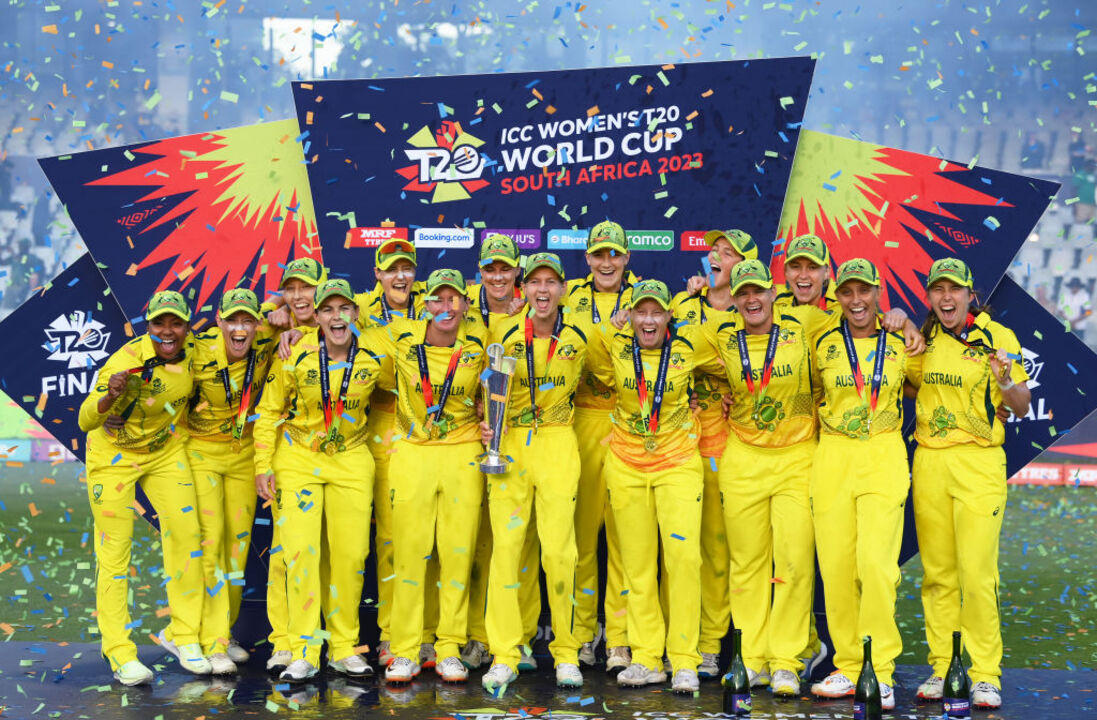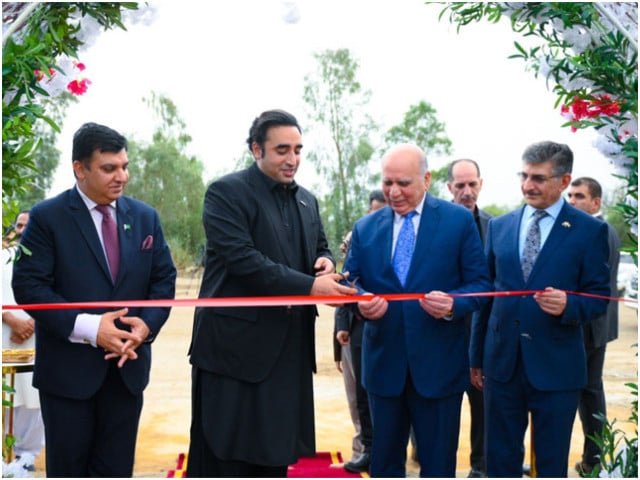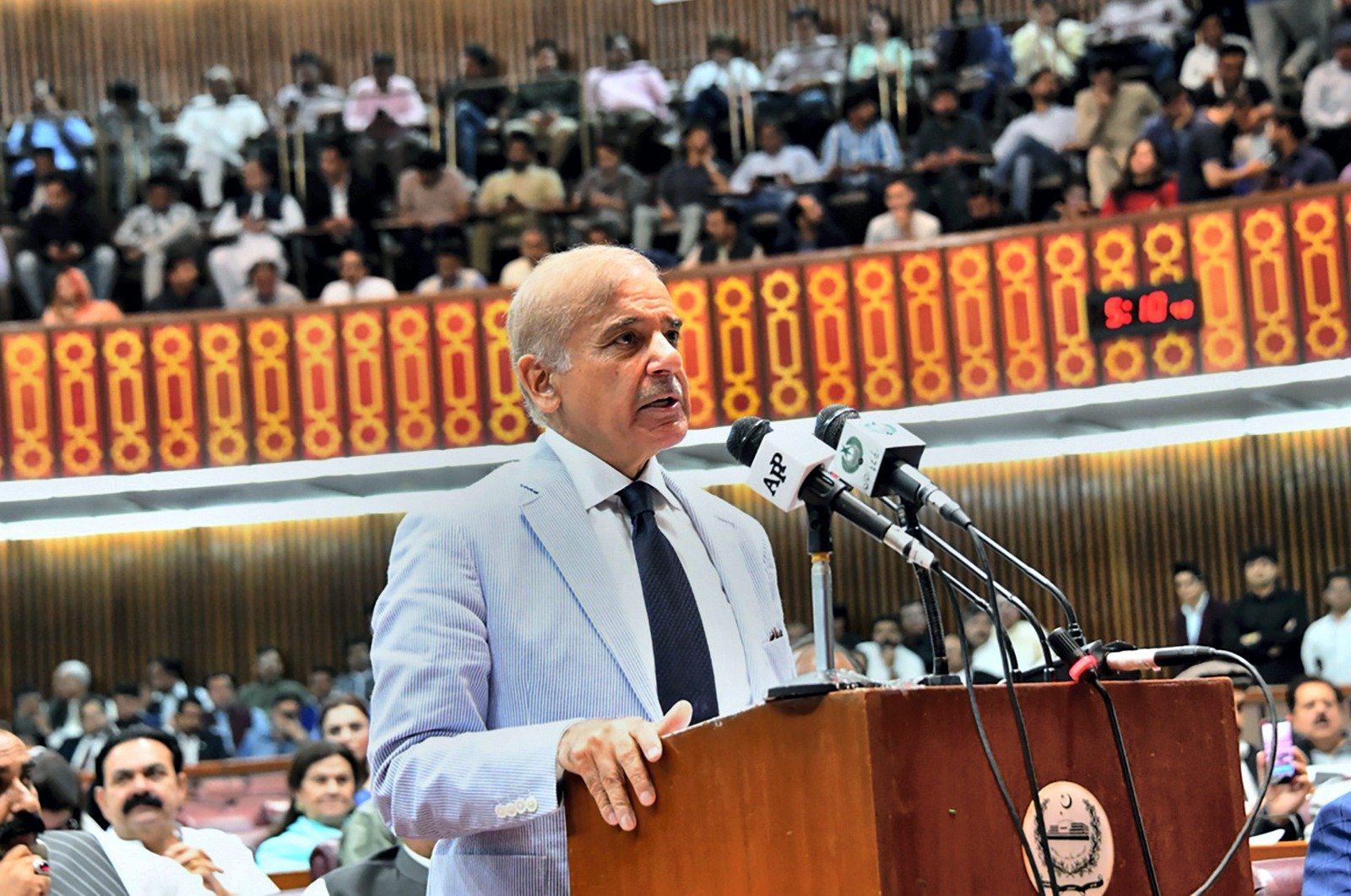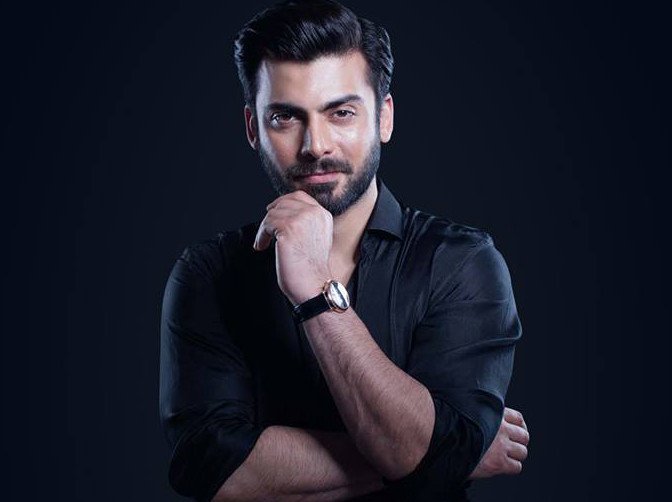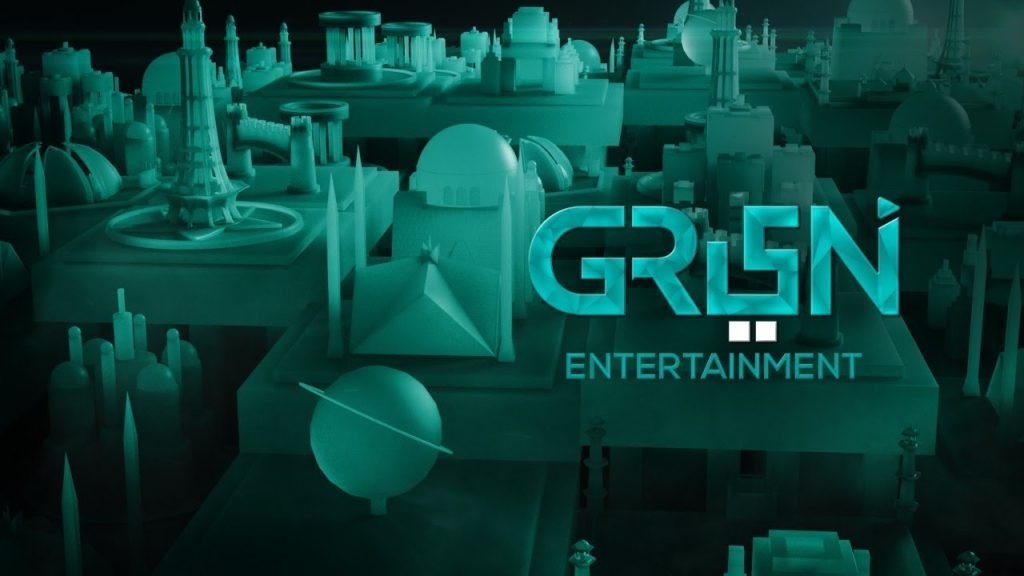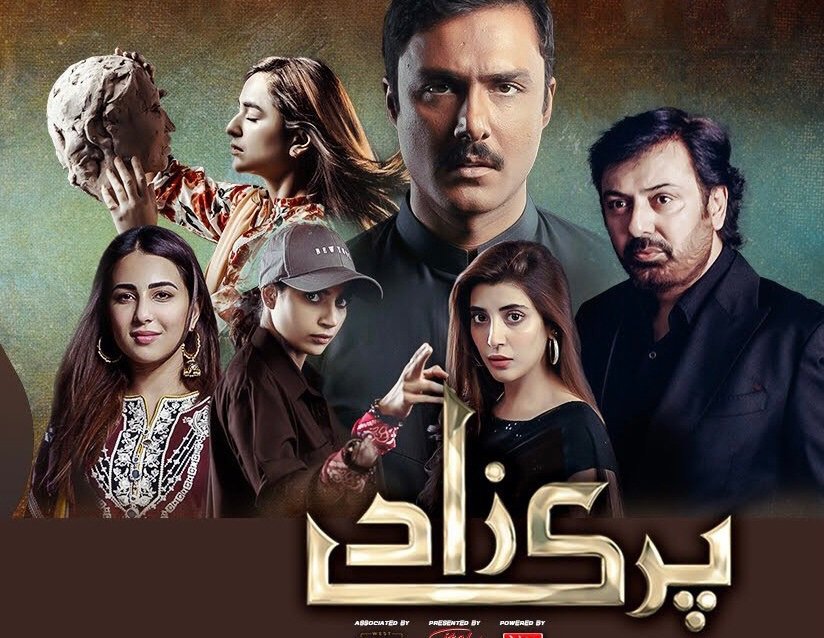Long history of shootings in US presidential politics
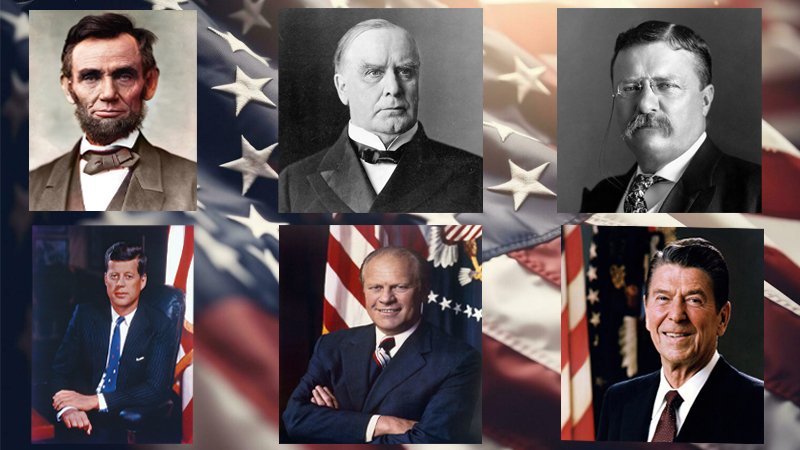
The history of shootings involving U.S. presidents and presidential candidates is marked by numerous tragic and impactful events. Here are some notable examples:
Abraham Lincoln (1865)
- Incident: President Lincoln was assassinated by John Wilkes Booth, a famous actor and Confederate sympathizer, while attending a play at Ford’s Theater in Washington, D.C.
- Impact: This assassination occurred just days after the Confederate surrender in the Civil War, marking a significant moment in American history and leading to a period of national mourning and reconstruction.
William McKinley (1901)
- Incident: President McKinley was shot by anarchist Leon Czolgosz in Buffalo, New York, and died eight days later from his wounds.
- Impact: His death led to the presidency of Theodore Roosevelt and had significant implications for the Progressive Era.
Theodore Roosevelt (1912)
- Incident: While running for president as a former president, Roosevelt was shot in Milwaukee, Wisconsin. The bullet was slowed by a folded speech and a steel eyeglass case in his pocket.
- Impact: Despite being shot, Roosevelt continued to deliver his scheduled speech, demonstrating his resilience and fortitude.
Franklin D. Roosevelt (1933)
- Incident: As president-elect, FDR was the target of an assassination attempt in Miami, Florida. He was unharmed, but Chicago Mayor Anton Cermak was killed.
- Impact: This attempt highlighted the risks faced by political leaders during periods of economic and social turmoil.
John F. Kennedy (1963)
- Incident: President Kennedy was assassinated by Lee Harvey Oswald while riding in a motorcade in Dallas, Texas.
- Impact: JFK’s assassination marked the beginning of a turbulent period in U.S. history, with widespread conspiracy theories and political upheaval.
Robert F. Kennedy (1968)
- Incident: While running for the Democratic presidential nomination, Robert F. Kennedy was assassinated at the Ambassador Hotel in Los Angeles, California.
- Impact: His death, occurring shortly after Martin Luther King Jr.’s assassination, deepened the national crisis and significantly affected the 1968 presidential race.
George Wallace (1972)
- Incident: Wallace, campaigning for the Democratic presidential nomination, was shot and paralyzed for life at a shopping mall in Laurel, Maryland.
- Impact: The attempt on Wallace, known for his segregationist views, underscored the intense political and social conflicts of the era.
Gerald Ford (1975)
- Incident: President Ford faced two separate assassination attempts by women in California within 17 days. He was unharmed in both incidents.
- Impact: These attempts highlighted ongoing security concerns for U.S. presidents.
Ronald Reagan (1981)
- Incident: President Reagan was shot and seriously wounded by John Hinckley Jr. outside the Hilton hotel in Washington, D.C.
- Impact: Reagan’s recovery and humor during his convalescence boosted his popularity and demonstrated his resilience.
Donald Trump (2024)
- Incident: During a campaign rally in Butler, Pennsylvania, Trump was shot in the ear. The incident is under investigation as a potential assassination attempt.
- Impact: The shooting has raised questions about security measures and has become a focal point in the highly contentious political climate leading up to the presidential election.
These events highlight the vulnerability of public figures and the enduring impact of political violence in U.S. history.




